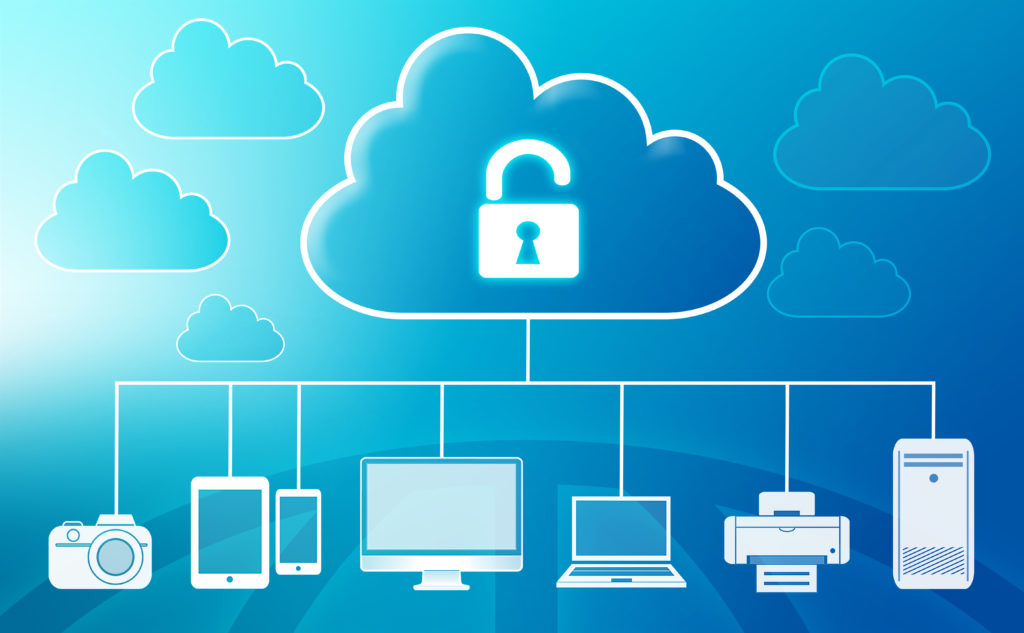Safety in the Cloud – Best Practices for Private and Public Models
The cloud can be a safe place to store your data, but it is important to follow best practices to protect your security. Here are some of the best practices for safety in the cloud, for both private and public models:
- Understand the shared responsibility model. In the cloud, the responsibility for security is shared between the cloud provider and the customer. The cloud provider is responsible for the physical security of the data centers, while the customer is responsible for the security of their data and applications. It is important to understand the specific responsibilities of each party before you move your data to the cloud.
- Implement strong identity and access management (IAM) controls. IAM controls help to ensure that only authorized users can access your data. This includes using strong passwords, multi-factor authentication, and least privilege access.
- Encrypt your data. Encryption helps to protect your data from unauthorized access, even if it is intercepted in transit or at rest. You can use encryption at the file, folder, or database level.
- Monitor your cloud environment for threats. Cloud providers offer a variety of tools to help you monitor your environment for threats. You should also use a cloud security posture management (CSPM) solution to identify and remediate misconfigurations.
- Keep your software up to date. Cloud providers regularly release security updates for their software. It is important to keep your software up to date to protect against known vulnerabilities.
- Train your employees on cloud security best practices. Your employees are your first line of defense against security threats. It is important to train them on cloud security best practices, such as how to create strong passwords and how to identify and report phishing emails.
By following these best practices, you can help to ensure the safety of your data in the cloud.
Here are some additional best practices for security in the public cloud:
- Choose a reputable cloud provider. When choosing a cloud provider, do your research and select one that has a strong security track record.
- Read the terms of service carefully. The terms of service will outline the cloud provider’s security responsibilities. Make sure you understand these responsibilities before you sign up for a service.
- Use a strong password and enable multi-factor authentication. This will help to protect your account from unauthorized access.
- Be careful about what data you store in the public cloud. Only store sensitive data in the cloud if you absolutely need to. If you can, store sensitive data on-premises or in a private cloud.
- Regularly review your cloud security settings. The cloud environment is constantly changing, so it is important to regularly review your security settings to make sure they are still appropriate.
By following these best practices, you can help to protect your data in the public cloud.






